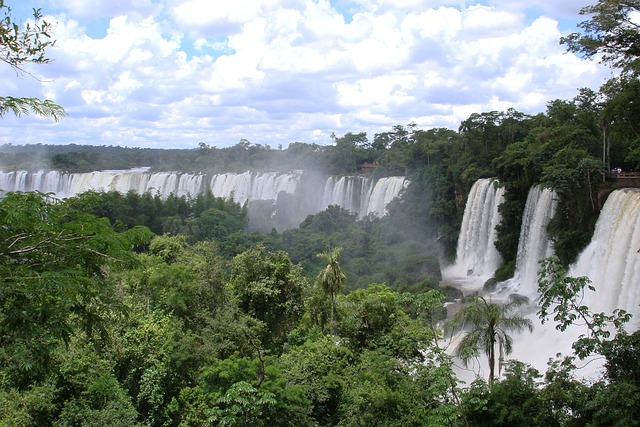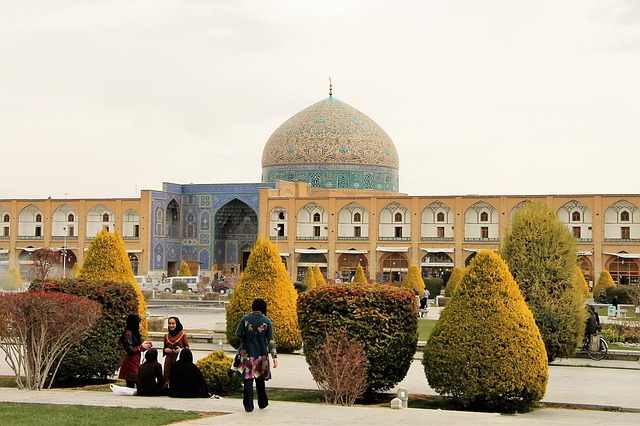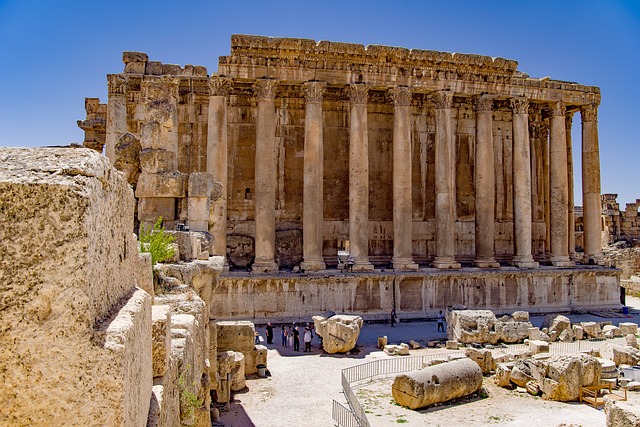Nestled between the borders of Brazil and Argentina lies one of the most breathtaking natural wonders of the world: Iguaçu Falls. Spanning 1.7 miles (2.7 kilometers) and comprised of approximately 275 individual waterfalls, Iguaçu Falls is not just a sight to behold—it’s an experience that can stir the soul and leave an indelible mark on any visitor. This blog post aims to provide you with a comprehensive guide to visiting Iguaçu Falls, covering its geography, ecology, history, activities, and practical travel tips, ensuring that your journey to this stunning destination is nothing short of unforgettable.
A Geological Marvel
Iguaçu Falls is located on the Iguaçu River, which flows through the lush Atlantic rainforest. Its formation can be attributed to volcanic activity and subsequent erosion that carved out the stunning gorge you see today. The falls are divided between two national parks: Iguaçu National Park in Brazil and Iguazú National Park in Argentina, both of which have been designated as UNESCO World Heritage Sites due to their extraordinary natural beauty and biodiversity.
One of the most striking features of Iguaçu Falls is the “Garganta del Diablo” or “Devil’s Throat,” which is the largest and most impressive waterfall in the complex. This gigantic U-shaped chasm drops about 260 feet (80 meters), and as visitors approach, they are often met with a thunderous roar that shakes the very ground beneath them.
Nature’s Playground: Flora and Fauna
The region surrounding Iguaçu Falls is a veritable paradise for nature lovers. The Atlantic Forest, rich in biodiversity, is home to an array of flora and fauna, including over 2,000 plant species, 400 bird species, and a myriad of mammals, reptiles, and insects. Wildlife enthusiasts may spot capuchin monkeys, coatis, toucans, and even the elusive jaguar, though the latter is rare due to habitat loss.
Birdwatching in the park is particularly rewarding, with flamingoes and parrots often taking flight against a backdrop of cascading waters. Nature trails throughout both national parks allow visitors to immerse themselves in this vibrant ecosystem, promoting a deeper appreciation for both natural beauty and ecological preservation.

Exploring the Falls: Side by Side Paths
When planning your visit to Iguaçu Falls, it’s worth noting that approaching the falls from both the Brazilian and Argentine sides offers unique perspectives.
Brazilian Side
From the Brazilian side, visitors are treated to panoramic views that allow for breathtaking photographs of the falls in their entirety. The trail to the falls is well-developed, leading to viewpoints that showcase the sheer magnitude and power of the cascades. The “Brazilian Trail,” a manageable route of about 1.5 kilometers, provides close access to several waterfalls while maintaining lush green surroundings. A highlight of the Brazilian side is the “Garganta do Diabo” viewpoint, where visitors can stand mere feet away from the roaring waters, feeling the mist on their skin.
In addition to the falls, the Brazilian side also offers opportunities to explore the park’s rich wildlife and flora. The visitor center provides educational insights into the ecosystems at play and even offers guided tours for those who prefer to delve deeper into the park’s natural wonders.
Argentine Side
Crossing over to Argentina, visitors will find a more extensive network of trails and a variety of experiences that provide a closer connection to the falls. The Argentine side contains several walking trails, including the trail that leads directly above the falls for an exhilarating view of the cascading water tumbling into the churning river below. Visitors can also take a train ride through the jungle to access various lookout points.
For the adventurous, the “Gran Aventura” tour is a must-do. This half-day excursion combines a jeep ride through the rainforest with a boat trip that takes you right up to the base of the falls, where you will undoubtedly get soaked by the rushing waters. This thrilling encounter with nature offers an exhilarating perspective on the power of Iguaçu Falls.
Activities Beyond the Falls
While the falls themselves are undoubtedly the main attraction, the surrounding national parks offer a wealth of activities to enrich your experience.
Hiking and Nature Walks
Numerous trails wind through the lush landscapes of both parks, each revealing its own unique views and ecosystems. The “Macuco Trail” on the Brazilian side is a particularly rewarding hike, taking you through dense forest to the base of one of the waterfalls, where you can enjoy a refreshing swim in the river’s natural pools.
Bird Watching
The rich biodiversity of Iguaçu National Park attracts many birdwatchers eager to see colorful species in their natural habitats. Don’t forget to bring binoculars and a camera to capture the vibrant avian inhabitants.
Cultural Experiences
Both sides of the falls are home to Indigenous history and culture. You’ll find opportunities to learn about the native Guarani people, who have lived in harmony with this enchanting environment for centuries. Visitors can engage in cultural experiences, such as traditional crafts, music, and culinary delights that celebrate the local heritage.

When to Visit: Timing Your Adventure
The best time to visit Iguaçu Falls is during the shoulder seasons of spring (September to November) and fall (March to May) when the weather is mild, and the crowds are thinner. However, if you want to experience the falls at their fullest, visiting during the rainy season (December to February) will provide a spectacular show of power, albeit with increased humidity and the possibility of occasional storms.
It’s essential to consider your preferences—whether you prioritize fewer tourists or want to witness the falls at their most tumultuous. Regardless of the season, be prepared for sudden weather changes and bring appropriate attire.
Getting There: Travel Logistics
Iguaçu Falls is easily accessible from two major cities, Curitiba in Brazil and Buenos Aires in Argentina. The nearest airport is Foz do Iguaçu International Airport (IGU), which offers direct flights from major Brazilian cities and some international destinations. Alternatively, you can fly into Puerto Iguazú (IGR) in Argentina.
Once you arrive, transportation options include local buses, taxis, and rental cars. Both national parks have their own entrance points and parking facilities, making it simple to explore the falls from each side.
Iguaçu Falls is an essential destination for any nature lover or traveler seeking adventure and beauty. The sheer scale and power of the falls are awe-inspiring, and their surrounding landscapes teem with life, offering endless opportunities for exploration and discovery. Whether you traverse the trails, soak in the views from lookout points, or plunge into the heart of the falls themselves on an adventurous boat tour, your visit to this natural wonder will undoubtedly be an unforgettable chapter in your travel journey.
As you prepare for your trip, remember that with great beauty comes the responsibility of preserving it. Advocating for sustainable tourism practices helps protect this UNESCO World Heritage Site for future generations to appreciate its magnificence. So pack your bags for an adventure that promises to captivate your heart and ignite your spirit. Iguaçu Falls awaits!





